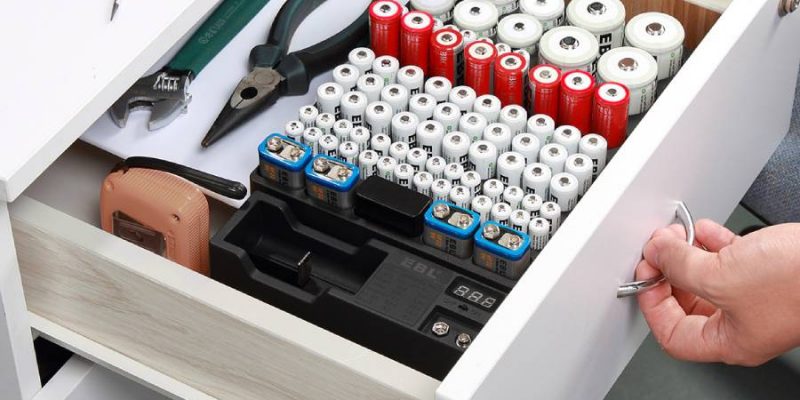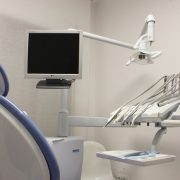Many individuals find the dizzying array of battery and energy storage system options, combined with the dizzying pace of technological advancement, to be confusing. The wide variety of batteries accessible nowadays only serves to further complicate matters.
The course of action is to consult a solar firm and investigate available battery systems. However, this isn’t always accurate because some businesses lack extensive battery expertise and aren’t familiar with the many AC and DC-coupled battery designs. Thankfully, this is where our services can be of use.
Clean Energy Reviews on Battery Storage Guidelines has been building and monitoring energy storage systems since 2014, so they have the experience to provide you with the tools and reviews you need to determine which battery type and capacity is ideal for your specific situation. However, many solar professionals are highly knowledgeable and can provide with the best system to meet your needs or advice on how to optimize your current solar setup.
SolarEdge Hybrid inverter and LG Chem RESU 10 kWh battery Solar Skyline
The cost-effectiveness of a battery system is hotly contested. Due to their high initial cost and slow return on investment, they are not recommended as a good financial bet. Battery economics become more attractive as solar feed-in tariffs (credits you earn for feeding excess solar into the grid) decline. If you are interested in learning more about the costs and savings of different battery systems, our free solar and battery calculator might help.
The 26650 battery is a lithium-ion battery that may be recharged. The 26mm width and 65mm height are conventional measurements in this field. Typically, the capacities range from 2500mAh to 5000mAh.
Meanwhile, the 26650 rechargeable battery is capable of being fully charged and discharged without degrading performance.
Exactly what is a 18650 battery?
The lithium-ion 18650 battery can be recharged multiple times. The 18mm width and 65mm height are normal measurements in this field. The typical range for the capacity is between 1200mAh and 3600mAh.
Full charging and discharging are possible with the 18650 battery. This procedure, however, had no effect on their efficiency.
What is the best battery? What’s better, a 26650 or 18650 battery?
A person’s specific situation and preferences will dictate the optimal battery type for their device. Note that 18650 rechargeable batteries are generally accepted as the industry standard. Additionally, they are more powerful and may be used with modern flashlights.
A person’s specific situation and preferences will dictate the optimal battery type for their device. Note that 18650 rechargeable batteries are generally accepted as the industry standard. Additionally, they are more powerful and may be used with modern flashlights.
26650 rechargeable batteries, on the other hand, are high-performance, high-capacity batteries that are well-suited to powering high-drain devices.





















